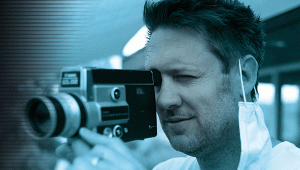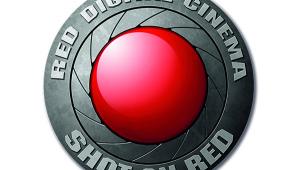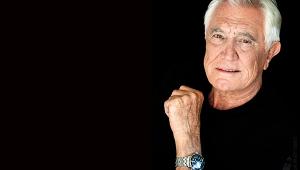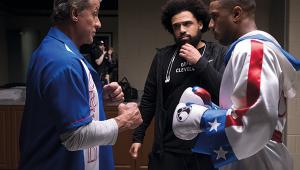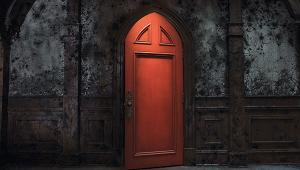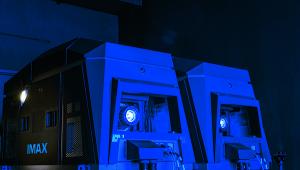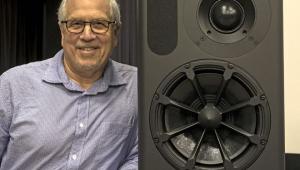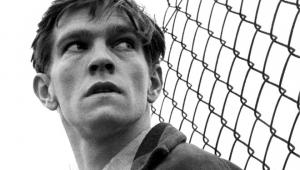Exclusive Interview: Fast Five director Justin Lin
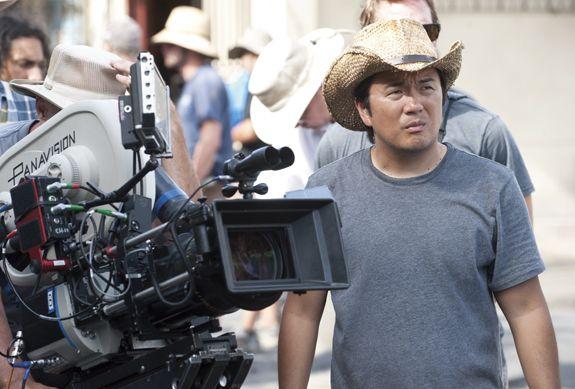
Automotive action blockbuster Fast & Furious 5 explodes onto Blu-ray and DVD in the UK on September 5, following a spectacular cinema run that saw it become the highest-grossing entry in the franchise in just 15 days!
To celebrate the release, HCC caught up with director Justin Lin - who also helmed the third and fourth films in the franchise - for a chat about about what it is that keeps drawing him back to the series, the importance of good second unit teams in modern Hollywood cinema, his love of Blu-ray and why he's no great fan of 3D...
This is your third Fast & Furious film. What is it about this franchise that keeps bringing you back for more?
'The thing that I enjoy is that I have a very good partnership with Universal. You know, this is one very unique franchise in that a lot of times when a film is successful and they make sequels there's a tendency to be conservative and say, oh that really worked on the last one so let's do the same thing again.
'What I really enjoyed about this relationship is that, when I came in, the studio really allowed me to really kind of re-establish the sensibilities of the franchise and to respect the growth and maturity of the series and how it's evolved. If you look at all five films in the franchise, they've all been pretty different. And that's something I really enjoyed doing - to be able to be part of a franchise, but not constrained by any boundaries has been the most fun. And I think the biggest challenge also.'
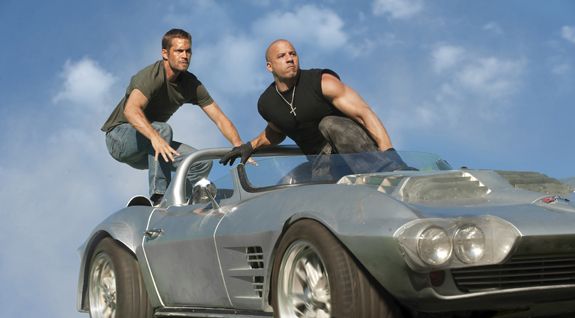
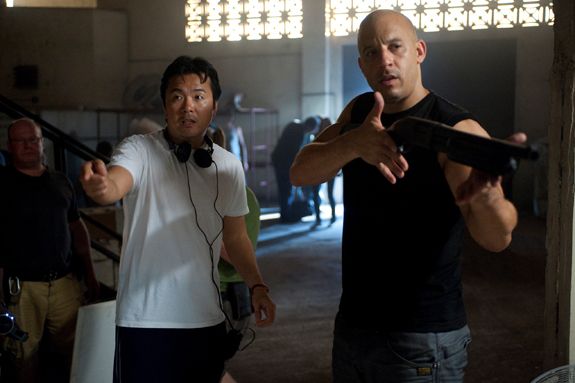

 |
Home Cinema Choice #351 is on sale now, featuring: Samsung S95D flagship OLED TV; Ascendo loudspeakers; Pioneer VSA-LX805 AV receiver; UST projector roundup; 2024’s summer movies; Conan 4K; and more
|


